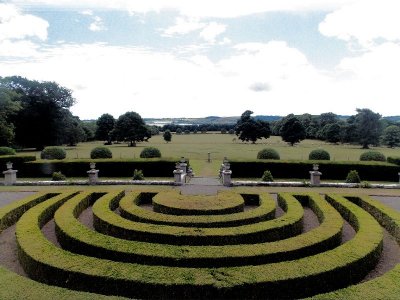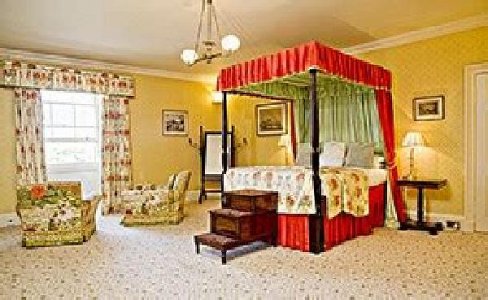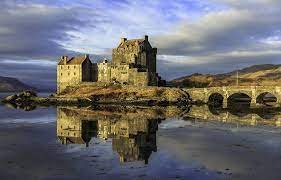Capt Lightning
Well-known Member
- Location
- Historic Buchan, Scotland
Culzean Castle (pronounced Cullane) at Maybole, W. Scotland. Ancestral home of the Kennedy family, the castle sits above cliffs which give a view over the sea to Arran island and the Mull of Kintyre.

On the East coast near Montrose is the 'House of Dun'. This magnificent house was designed by the renowned architect William Adam in 1730. The Saloon is decorated with ornate plaster mouldings. At first glance, they may suggest a naval collection, but were in fact symbolic of the owner's Jacobite sympathies.

From the saloon, the estate is visible - down as far as the Montrose basin. This has both salt and fresh water lakes, and in the past, ice from the fresh water would be transported to the house.


On the East coast near Montrose is the 'House of Dun'. This magnificent house was designed by the renowned architect William Adam in 1730. The Saloon is decorated with ornate plaster mouldings. At first glance, they may suggest a naval collection, but were in fact symbolic of the owner's Jacobite sympathies.

From the saloon, the estate is visible - down as far as the Montrose basin. This has both salt and fresh water lakes, and in the past, ice from the fresh water would be transported to the house.






